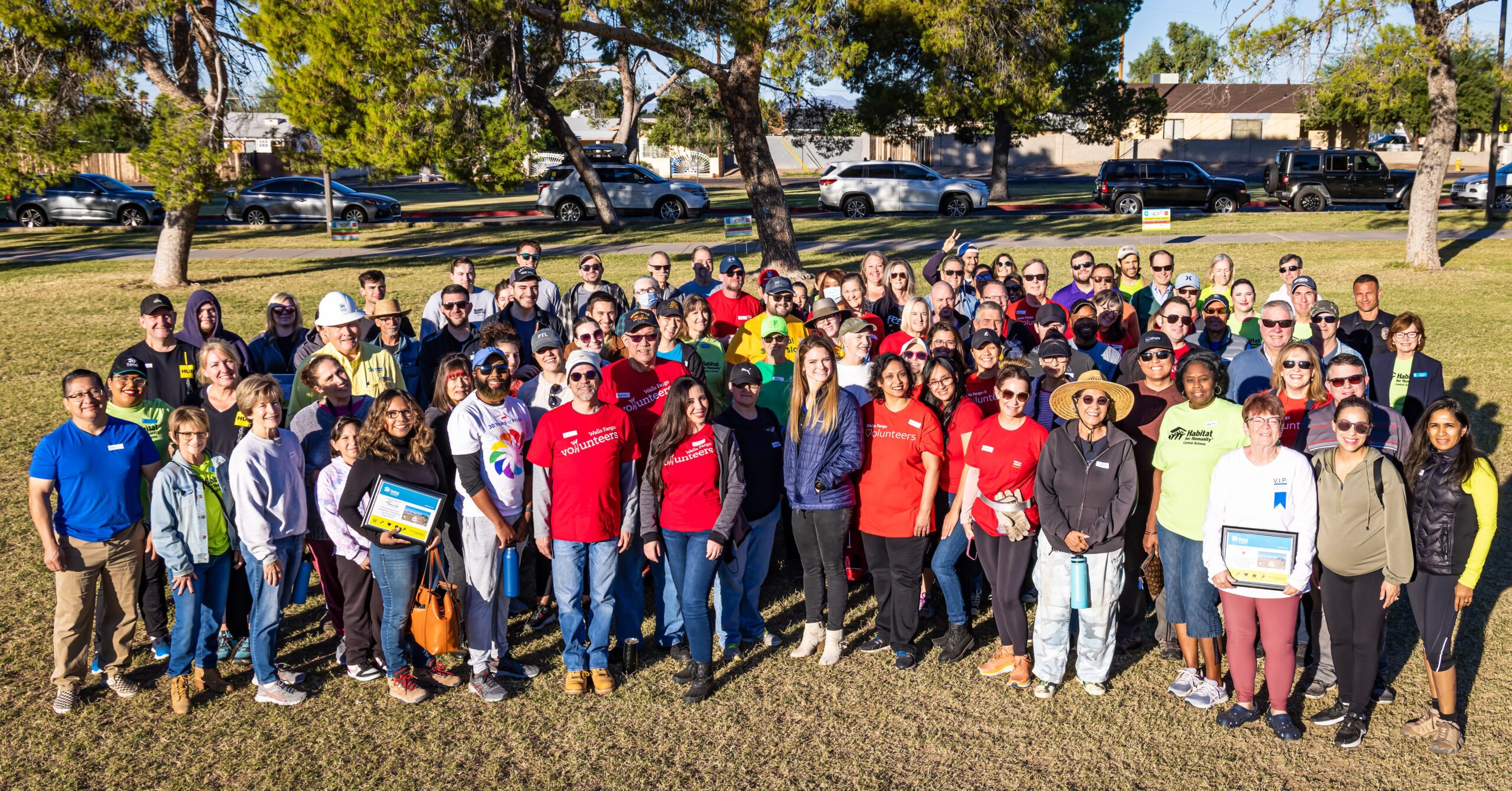[btn]By Lori Baker[/btn]
A lengthy fight over a proposed North Central Phoenix housing development has prompted city planners to draft guidelines to give neighbors and developers greater certainty over future development.
The rules are being proposed as a result of development projects in established neighborhoods including Maryland Groves, 325 E. Maryland Ave., where an 80-year-old ranch-style house recently was demolished. The one-acre property is being split into three lots for new single-family homes.
“The guidelines will give staff the tools necessary to require more compatible design so that new projects interior to a neighborhood better reflect the character of the neighborhood,” said Alan Stephenson, acting director of the Phoenix Planning and Development Department.
New single-family houses are being constructed on land where older homes once stood in North Central Phoenix. In some cases, more than one new single-family home is going up on the properties.
“People want urban living in a single-family environment,” Stephenson pointed out.
The boundaries of the area affected by the draft guidelines have not yet been established but will include North Central Phoenix. The guidelines will be reviewed by neighborhood groups and developers before a proposal is presented beginning this summer in public hearings with Phoenix village planning committees, the Planning Commission and the City Council, he said.
North Central Phoenix Homeowners Association President Mary Crozier is among neighbors providing input. She said she wants to make sure that two-story houses do not have a view of an existing home’s backyard and that elevations are compatible with the surrounding neighborhood. It’s also important that new houses face the same direction as nearby houses, she added.
“North Central Phoenix land is valuable. There is more incentive for developers to build there. They want to squeeze in more homes to be profitable. That is where the battle begins,” Crozier explained.
Crozier led a 10-month neighborhood fight starting in June 2013 when Allen Dunaway of ADME Holdings, LLC, filed for a variance to allow three homes to be built on the Maryland Groves property. Dunaway withdrew that application but returned later in 2013 with a plan to split the land into three lots.
In December, neighbors met with city officials to discuss their concerns. Dunaway submitted another variance application and it was approved in March by the Zoning Adjustment hearing officer. At the neighbors’ request, a stipulation requires that one of the three houses face Maryland Avenue and the homes will be one story.
Demolition of the old house has finished, and construction on the house fronting on Maryland Avenue is expected in late summer, Dunaway said.
“The house will look like it has been around for a while and will blend in with the existing neighborhood. But it will have modern features,” he added.
Dunaway said he will be selling the homes one at a time and they will range from 3,000 to 3,700 square feet.
His company has torn down old homes and built new homes on lots elsewhere in Phoenix including near Indian School Road and 44th Street.
“People really like having new, high-quality modern and energy-efficient homes in established neighborhoods,” Dunaway said.
James Abraham, vice president of Clouse Engineering, Inc., who worked with Dunaway on Maryland Groves, said he was unaware of the city’s proposed design guidelines. But he is confident that Phoenix will be sensitive to land owners’ property rights and development expectations as long as they stay within city ordinances.
Abraham has been involved in two other developments in which one older home was torn down and several new homes are being built on the property. They are both being developed by Porchlight Homes:
• Sendero Villas, 8305 N. Central Ave., where 10 homes are planned on 1.74 acres. They will range in size from 1,694 to 2,516 square feet and will be priced from $340,000 to $370,000. Model homes are open and several homes are under construction. Because of neighborhood opposition, the developer withdrew a variance request to change the setback for two-story houses. Instead, the subdivision process was used.
• Claremont Estates, a 15-lot subdivision on 5.5 acres at 7th Avenue just south of Maryland Avenue. The single-story homes range in size from 2,811 to 3,529 square feet and are priced from $560,000 to $630,000. Homes are under construction.
There is a growing market for new single-family homes in older neighborhoods near the city center, Abraham said.
“People have been raised in the area and want to come back or they just live closer to the downtown core.”
Fueled by the demand, developers are searching for larger pieces of land that can be split to create additional lots or redeveloping properties to make them more compatible to the new designs, he added.
If a single-family residential property in Phoenix is large enough, there can be several houses built on a site where one house per lot stood for decades. Developers consider different methods to getting city approval, including:
• Lot split—A lot split is the act of dividing property with an area of 2.5 acres or less into two or three parcels of land. City staff will approve the application if all development and zoning requirements are met. If a property is split into two or three lots and the lots each have access to a public street, then there may be no need for a homeowners association. If any land is held in common ownership such as landscaping or parks, then an HOA would be required. Each property would be responsible for its own utilities and access.
• Subdivision—A subdivision is the legal process to subdivide land that meets the minimum zoning requirements such as lot sizes and density. A subdivision plat is approved by City Council once the staff has certified that it meets all the technical requirements. This process is more expensive and complicated than a variance because it requires infrastructure dedication and has more stringent requirements. A homeowners association may be required so homeowners share the cost of maintaining private roads, landscaping, greenbelts, drainage and streetlights.
• Variance—A variance is a quasi-judicial process in which a zoning adjustment hearing officer and the Board of Adjustment make the decision about changing the development requirements. There is a public hearing process that requires notice to surrounding property owners and posting of the site. An appeal of the Board of Adjustment decision goes to Superior Court. The Planning Commission and City Council do not have input in this process.
• Zoning—R1-10 zoning means one single-family home is allowed on 10,000-square-foot lots. For example, three homes could be permitted on one acre if the minimum lot sizes, dimensions and density requirements are met.










































